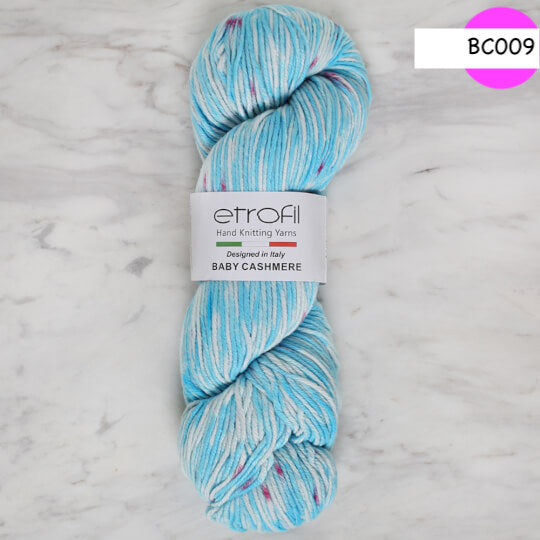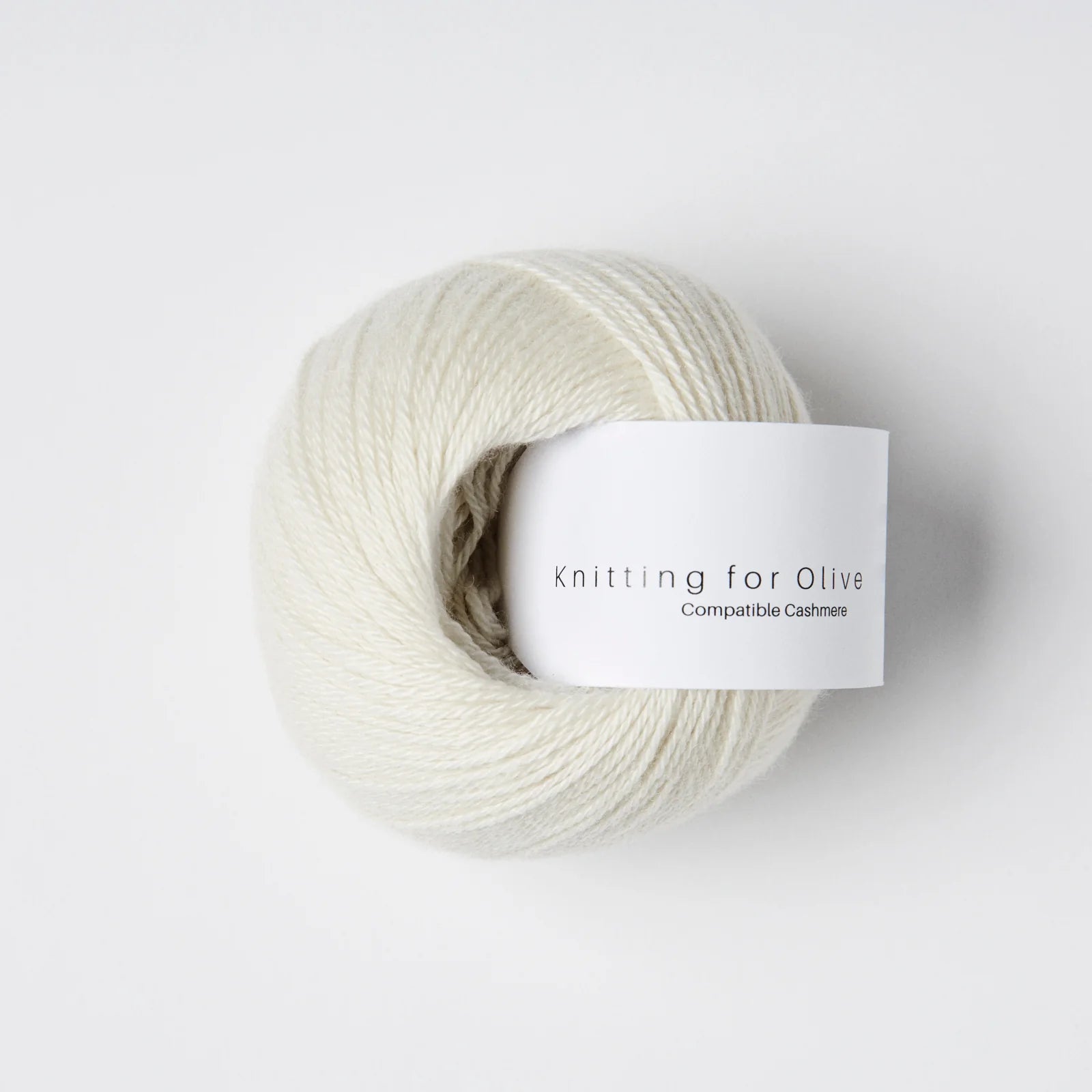How is cashmere Fibre Made and Why Is It So Desired?
Wiki Article
Discovering the Various Types of Cashmere an All-natural Fiber for Ultimate Luxury
Cashmere, a natural fiber, is often connected with deluxe and comfort. Not all cashmere is produced equal. From the highly soft Mongolian range to the lightweight heat of Indian Pashmina, each type provides its own special features and allure. The more budget friendly Chinese cashmere, the conventional Scottish variation, and the premium Italian mix, all tell a different tale of this impressive fiber. As we decipher the globe of cashmere, a deeper understanding of its true worth and class starts to arise.Understanding the Extravagant Nature of Cashmere
Cashmere, frequently connected with high-end and convenience, holds a special attraction worldwide of natural fibers. This soft, lightweight product is coveted for its phenomenal warmth and remarkable durability. Unlike various other all-natural fibers, cashmere combines insulation with breathability, providing unparalleled convenience across differing temperature levels. Its lustrous coating and soft structure contribute to its high-end charm, warranting the costs rate that usually comes with cashmere garments. Additionally, cashmere's fundamental crease resistance and flexibility improve its desirability, making it a favored selection for premium apparel and accessories. In spite of its fragile appearance, cashmere possesses an unexpected resilience, able to maintain its shape and luxurious feeling over time. This unique mix of characteristics cements cashmere's placement as a symbol of elegance and indulgence.
Simply What Is Cashmere and Where Does It Come From?

Given these phenomenal qualities, one could ask yourself regarding the beginning and makeup of this glamorous fiber. Cashmere is stemmed from the soft undercoat of cashmere goats, largely found in Mongolia, China, Iran, and Afghanistan - is cashmere a natural fiber. These goats are adjusted to harsh climatic problems, generating a very great, soft underfur as a defense versus the bitter cold. This underfur, or undercoat, is what is harvested for cashmere. Each springtime, when the goats naturally lost their wintertime layer, farmers brush out the great underhair, leaving the coarser hair behind. This meticulous process adds to the scarcity and high cost of cashmere. With its beginning in the severe landscapes of Asia, cashmere is a testament to nature's capability to generate deluxe from adversity.
Deciphering the Different Kinds of Cashmere
Recognizing the different sorts of cashmere is essential to valuing the high quality and unique features of this elegant fabric. Normally, cashmere is classified right into 3 kinds: raw, virgin, and reused. Raw cashmere is directly obtained from the goat and is unprocessed. This type commonly has contaminations such as check it out dust and coarse hair. Virgin cashmere, on the other hand, is the pure, unrecycled material that is spun into yarn for the initial time. It is the softest and most elegant. Recycled cashmere is made from virgin product that has been formerly used. It is re-spun and made use of in producing lower-cost cashmere products. Deciphering these kinds is the primary step in understanding the exclusivity and worth of cashmere.
The Unique Characteristics of Each Kind of Cashmere
Having discovered the various categories of cashmere, it comes to be noticeable that each type boasts its unique collection of characteristics. Mongolian cashmere, for instance, is renowned for its superior high quality, due to Mongolia's harsh winters months that create longer and finer fibers. Alternatively, Chinese cashmere is frequently extra cost effective, though its shorter fibers can reduce sturdiness.Why Cashmere Is the Embodiment of High-end in vogue
Cashmere holds a well-regarded setting in the globe of style, concerned as a symbol of luxury and refinement (is cashmere a natural fiber). Cashmere is acquired from the great undercoat of Himalayan goats, understood for their remarkable high quality fiber. Cashmere's unrivaled convenience and durability make it an in-demand material in the production of premium garments.The Process of Making Cashmere: From Goat to Garment
The trip of cashmere, from being an undercoat of a Himalayan goat to a lavish garment, is website here an elaborate one. With the introduction of spring, farmers in Mongolia and China collect the woollen by brushing the goats, making sure no damage is done. The acquired woollen is composed of rugged outer hair and soft downy undercoat. This blend is then painstakingly separated, with only the soft down go to this web-site utilized for cashmere. This raw cashmere is washed, dyed and spun right into thread. The thread is then woven or knitted into textiles. The final step includes cleaning and pressing to offer the fabric its characteristic gentleness and warmth. From goat to garment, each action is a testimony to the virtuosity, patience and skill included in crafting cashmere.
Verdict
In verdict, cashmere, with its all-natural sophistication and unequaled convenience, reigns supreme in the world of high-end style. The diversity in kinds, ranging from the soft Mongolian, lightweight Indian Pashmina, economical Chinese, standard Scottish, to the colorful Italian, exposes the flexibility of this all-natural fiber. The meticulous process of transforming it from a goat to a garment better includes to its exclusivity, making cashmere the embodiment of refinement and deluxe.Cashmere, a natural fiber, is commonly connected with deluxe and comfort (is cashmere a natural fiber).Cashmere, commonly associated with high-end and convenience, holds an one-of-a-kind allure in the world of all-natural fibers. Unlike other natural fibers, cashmere combines insulation with breathability, using unequaled comfort throughout differing temperatures. Cashmere is acquired from the soft undercoat of cashmere goats, primarily located in Mongolia, China, Iran, and Afghanistan. Cashmere is derived from the great undercoat of Himalayan goats, known for their remarkable high quality fiber
Report this wiki page